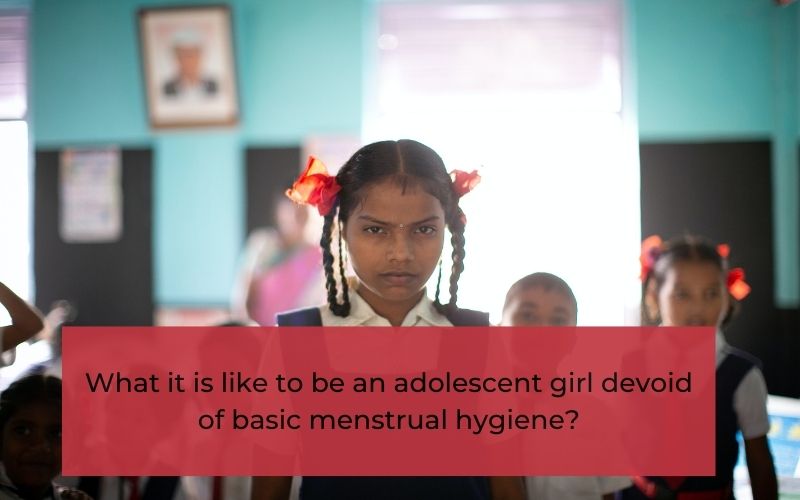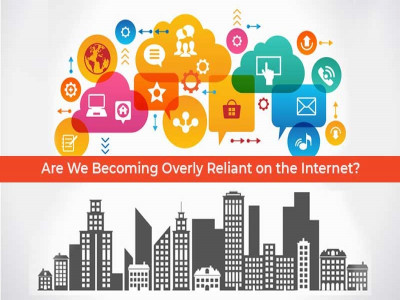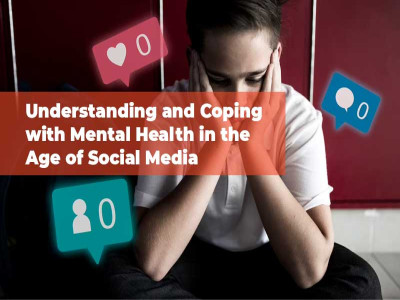
What it is like to be an adolescent girl devoid of basic menstrual hygiene?
The cycle of menstruation is a biological phenomenon that majority of women undergo starting from their adolescent days. For those of us living in towns and cities, we have been fortunate enough to receive adequate access to sanitary pads, tampons and far more choices to deal with our monthly flows without much issue. It’s safe to say that other than the occasional mood swings, period cramps and PCOD induced issues, adolescent girls and women in urban setups hardly get to experience issues arising out of hygiene and sanitation crisis. However, if we are to take a tour further into the remote areas in India, the scenario changes for our rural counterparts.
For the adolescent girl residing in a remote village of India, access to hygienic sanitation is still not a complete reality. Many women still use clothes due to lack of access to sanitary pads / tampons, either due to non-availability, or due to affordability issues. Let’s not forget that the society we live in today also entertains period-related stigmas and taboos - more so, in the rural parts. This indicates lesser open talks regarding the issues faced by menstruating women and hence, far lesser interventions to solve these issues.
A peek into Assam’s sanitation coverage
In Assam, the situation for menstruating women gets worse during monsoons where several areas get severely affected by floods - washing away shelter, security and access to proper sanitation. A report by UNICEF on Assam WASH Response for 2021 reveals that 17 out of the 33 districts in Assam remain severely affected by floods, compelling people residing in flood-affected areas to relocate to relief camps and other areas to seek shelter and protection. The same report also indicates that more than 30% of schools in Assam do not have functional toilets, and almost half of the schools do not have adequate hand-washing facilities. The WASH indicator prepared by UNICEF Assam also states that only 49% of households in Assam have improved sanitation facility, leaving the other 51% (majority) to make do with sub-par facilities.
In addition to the poor state of affairs regarding concerning sanitation & hygiene access, adolescent girls & women from the flood-hit regions of Assam suffer more severely than the rest. Those who are able to seek shelter in relief camps, do not get access to menstruation-friendly facilities, that makes disposing of used pads, access to clean toilets and wash facilities difficult. And for those who do not make it to alternate shelter arrangements during floods are more adversely affected.
Health risks in the absence of Menstrual Hygiene Practise
The gap in access to adequate sanitation leads to poor menstrual hygiene - leading to heightened risks of developing several infections. Some of them include yeast infection, fungal infection, urinary tract infections, and in some severe cases, it also leads to cervical cancer.
Societal barriers hinders application of menstruation hygiene practises
Interventions on this matter by Govt. bodies, NGOs, and global entities like UNICEF and WHO are primarily focused on adolescent girls in school where they are more likely to face issues during their menstrual cycles. As stated above, many schools still do not facilitate proper hygiene and sanitation access for their students, causing many female students to remain absent during their periods, and in some extreme cases, drop out of schools after they attain puberty.
Shame is one of the biggest reasons which rule out the possibility of initiating healthy dialogues with concerned authorities to take action. Many rural regions gain exposure to better sanitation access only after external intervention by govt. bodies or NGOs. Imagine, if we are able to eradicate the ‘shame’ factor from this prevalent issue, many girls will participate in open discussions with their family members, friends and teachers. This will also lead to a rise in demand for implementation of adequate hygiene facilities, without needing interventions from outside. However, imagining only gets us so far to only visualise a better reality.
While many programs and workshops carried out by troops of volunteers have made a difference in the lives of many such adolescent girls, we need more actions to be implemented at a faster pace. Eradicating ‘shame’ and replacing it with informed awareness about healthy menstrual hygiene practises is one of the best ways to combat the issue of poor MHM. It’s on us (society) to allow these imaginations to land into the real world and make access to menstruation hygiene a reality for girls who only dream of it.
Disclaimer: The opinions expressed in this article are those of the author's. They do not purport to reflect the opinions or views of The Critical Script or its editor.

Newsletter!!!
Subscribe to our weekly Newsletter and stay tuned.

















Related Comments